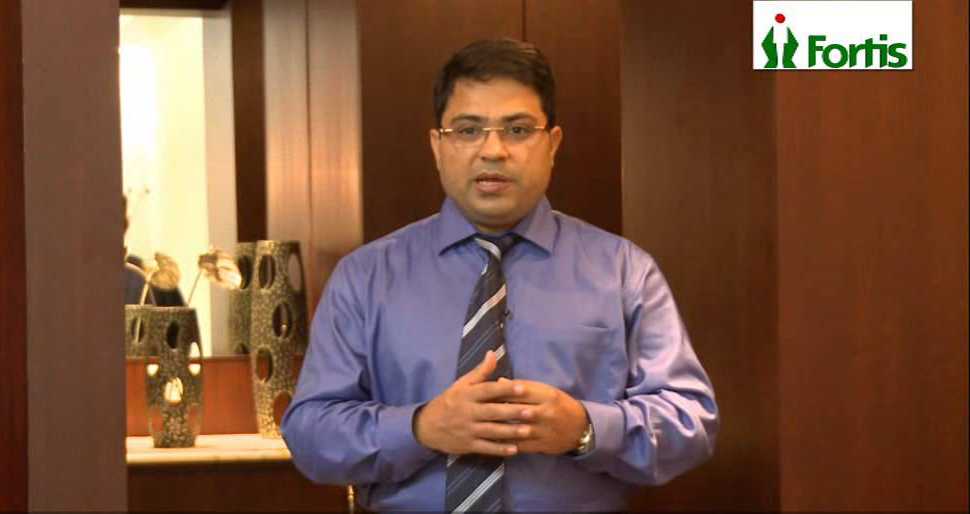When facing a liver transplant, patients have two primary options for obtaining a donor liver: living donor and deceased donor transplants. Both types of transplants provide a chance at renewed health, yet they differ in availability, procedure, and recovery. Understanding the distinctions between living vs. deceased donor liver transplants is essential for patients making this life-changing decision. Here, we’ll explore both options, their requirements, and the benefits each one offers.
A liver transplant is a surgical procedure that replaces a failing liver with a healthy one, either from a deceased donor or from a living donor who donates part of their liver. This procedure is often the best or only option for patients with severe liver diseases, such as cirrhosis or liver cancer, to regain health and improve their quality of life. Given the complexity of this surgery, it’s important to have it performed by skilled specialists like the best liver transplant doctor in India or other highly regarded professionals worldwide.
To understand the differences between living vs. deceased donor liver transplants, it helps to look at the nature of each type.
Both procedures are transformative, but each has distinct advantages and considerations. With a living donor liver transplant, patients may avoid long waiting lists, while deceased donor liver transplants offer a full organ without the need for a living donor.
Living donors must meet specific medical and psychological requirements to qualify for donation. Common living liver donor requirements include:
One of the key concerns for prospective donors and recipients alike is the living liver donor survival rate. Due to significant advancements in surgical techniques, including laparoscopic liver transplant procedures, the survival rate for living donors is high, with studies indicating a 99% survival rate. Additionally, most donors experience a full recovery and can resume normal activities within a few months.
The cost of liver transplant in India varies based on factors like hospital facilities, surgeon expertise, and the type of donor. Generally, a living donor liver transplant may be more cost-effective in some cases due to the reduced waiting time and potentially shorter hospital stays.
Opting for a living donor liver transplant offers several advantages over a deceased donor transplant:
While living donor transplants offer distinct advantages, they also carry unique considerations:
Receiving a liver from a deceased donor is often the preferred route for those without a potential living donor. Key benefits of a deceased donor liver transplant include:
However, the limitations of deceased donor transplants include long waiting periods, as well as the possibility that the liver condition may deteriorate further while awaiting a suitable match.
Deciding between living vs. deceased donor liver transplants depends on a variety of factors, including the patient’s health, availability of a suitable living donor, and urgency of the transplant. Consulting with an experienced specialist, such as Dr. Vivek Vij, who is known as one of the best liver transplant doctors in India, is essential in making an informed decision.
Having the best liver transplant surgeon in the world or one renowned for their expertise in laparoscopic liver transplants can make a significant difference in the success of the procedure and overall patient experience. Advanced laparoscopic techniques minimize recovery times, allowing both recipients and living donors to heal more comfortably and efficiently.
Both living and deceased donor liver transplants are highly effective treatments for liver failure, each with its own benefits and considerations. For patients who have an eligible donor, a living donor liver transplant can be a faster and highly successful option. However, for others, the deceased donor liver transplant offers the chance to receive a full organ transplant with proven success rates.
If you’re considering a liver transplant, understanding all aspects and choosing the right path is essential. Connect with Dr. Vivek Vij and his team to discuss your specific situation, explore living donor liver transplant options, and learn how the expertise of a top surgeon can guide you toward a healthy future. Book your consultation today and take the first step toward recovery.
What is the main difference between a living and deceased donor liver transplant?
Ans. A living donor transplant uses a portion of a healthy person’s liver, while a deceased donor transplant uses a liver from someone who has recently passed away.
How long is the waiting period for a deceased donor liver transplant?
Ans. Waiting times vary but can be lengthy due to limited organ availability, whereas living donor transplants can often happen sooner if a compatible donor is available.
Are there risks for the living donor in a liver transplant?
Ans. Yes, as with any major surgery, there are risks, but advancements in laparoscopic surgery have minimized these, helping donors recover more quickly.
Which option has a higher success rate: living or deceased donor transplants?
Ans. Both are highly successful, but living donor transplants often have slightly better outcomes due to planned timing and immediate organ viability.
What factors influence the cost of a liver transplant in India?
Ans. Costs vary based on factors like the transplant type, surgeon expertise, hospital facilities, and additional donor testing and care in the case of a living donor.


